The Role of Fitness in Self-Defense Training
When it comes to self-defense, many people often think about the techniques and strategies involved in protecting oneself. However, there's a vital component that often gets overlooked: fitness. The truth is, physical fitness plays a crucial role in self-defense training, enhancing not just your ability to execute techniques but also your overall performance and resilience in high-pressure situations. Imagine being in a scenario where you need to defend yourself; your body’s condition directly influences how effectively you can respond. If you're out of breath, lacking strength, or inflexible, even the best self-defense techniques may fall short. In this article, we will explore the intricate relationship between physical fitness and self-defense, revealing how improved fitness levels can significantly enhance your self-defense skills.
Physical conditioning is not just a buzzword; it's a fundamental aspect of effective self-defense. Think about it: when you're faced with an unexpected threat, your body needs to be ready to respond swiftly and efficiently. This readiness comes from a combination of endurance, strength, and agility. Improved fitness levels mean you can maintain your stamina during a confrontation, allowing you to think clearly and act decisively. Moreover, being fit helps you recover faster from any physical exertion, which is essential in a self-defense scenario. For instance, if you find yourself in a situation where you need to run away or fight back, having good physical conditioning can make all the difference in your ability to escape or defend yourself.
There are various types of fitness training that can prepare you for self-defense scenarios. Each type plays a unique role in enhancing your physical capabilities. Let's take a closer look at the main categories:
- Strength Training: This involves exercises that build muscle power and endurance.
- Cardiovascular Fitness: Essential for maintaining stamina during encounters.
- Flexibility and Mobility: Important for executing techniques and reducing injury risk.
Strength training is particularly vital for self-defense. By enhancing muscle power and endurance, you equip yourself with the ability to execute effective self-defense techniques against an opponent. It's not just about being strong; it's about being able to apply that strength when it matters most. Whether you're pushing an attacker away or trying to escape a hold, your strength can be the deciding factor in your success.
Bodyweight exercises, such as push-ups, squats, and lunges, are fantastic for building strength without the need for fancy equipment. They are accessible to everyone and can be done anywhere. These exercises not only build muscle but also improve your overall body control, which is crucial in self-defense situations. Imagine being able to push yourself off the ground quickly or jump out of the way of an incoming threat; bodyweight exercises make that possible.
Incorporating weightlifting into your fitness routine can significantly improve your overall strength. Lifting weights targets specific muscle groups, allowing for greater power and endurance. This is particularly beneficial in self-defense, where you may need to apply force quickly and effectively. Think of weightlifting as building a strong foundation for a house; the stronger the foundation, the more resilient the house will be against storms.
Cardiovascular fitness is crucial for maintaining stamina during self-defense encounters. You wouldn’t want to find yourself gasping for air while trying to fend off an attacker! Engaging in activities like running, swimming, or cycling can enhance your cardiovascular health, ensuring that you have the energy to sustain yourself when it counts. Imagine running away from danger or needing to fight back; a strong cardiovascular system allows you to keep going when others might tire out.
Flexibility and mobility are often underrated aspects of fitness, yet they are essential for executing self-defense moves effectively. Without adequate flexibility, you could easily pull a muscle or become injured during a confrontation. Regular stretching and mobility training can help you perform high kicks and evasive maneuvers with ease, reducing the risk of injury and enhancing your overall performance.
Regular stretching improves flexibility, which is vital for executing high kicks and evasive maneuvers in self-defense situations. Think of stretching as oiling the gears of a machine; it keeps everything running smoothly. Incorporating dynamic stretches before workouts and static stretches afterward can significantly contribute to your overall flexibility.
Mobility drills are another important component of fitness training. These drills enhance joint function and movement patterns, allowing for quicker reactions and improved agility during self-defense scenarios. When you’re more mobile, you can dodge attacks and reposition yourself more effectively. It's like being a well-oiled machine—everything flows seamlessly, and you can react to threats without hesitation.
While physical fitness is crucial, mental fitness should not be overlooked. A strong mind complements physical training, equipping individuals with the necessary mindset to effectively handle self-defense situations. Developing skills like focus and awareness can significantly enhance your ability to anticipate and react to threats. Think of mental fitness as the software that runs the hardware of your body; without it, you may not perform at your best.
Developing situational awareness is crucial for identifying potential threats and reacting promptly. This means being aware of your surroundings and understanding the dynamics of a situation. By honing this skill, you can often avoid confrontation altogether, which is the best form of self-defense. Imagine walking into a crowded area and instinctively noticing someone acting suspiciously; that awareness can keep you safe.
Lastly, learning stress management techniques can help individuals maintain composure in high-pressure situations. When faced with a threat, it's easy to panic, but those who can manage their stress tend to make better decisions. Techniques such as deep breathing, visualization, and mindfulness can greatly improve your performance in self-defense encounters. Picture yourself in a high-stress situation, calmly assessing your options instead of freezing in fear; that’s the power of mental fitness.
Q: How often should I train for self-defense?
A: It’s recommended to train at least 2-3 times a week, incorporating various types of fitness training.
Q: Can I do self-defense training at home?
A: Absolutely! Many bodyweight exercises and online classes can help you train effectively at home.
Q: What if I'm not in great shape?
A: Everyone starts somewhere! Focus on gradual improvement; even small gains in fitness can enhance your self-defense capabilities.
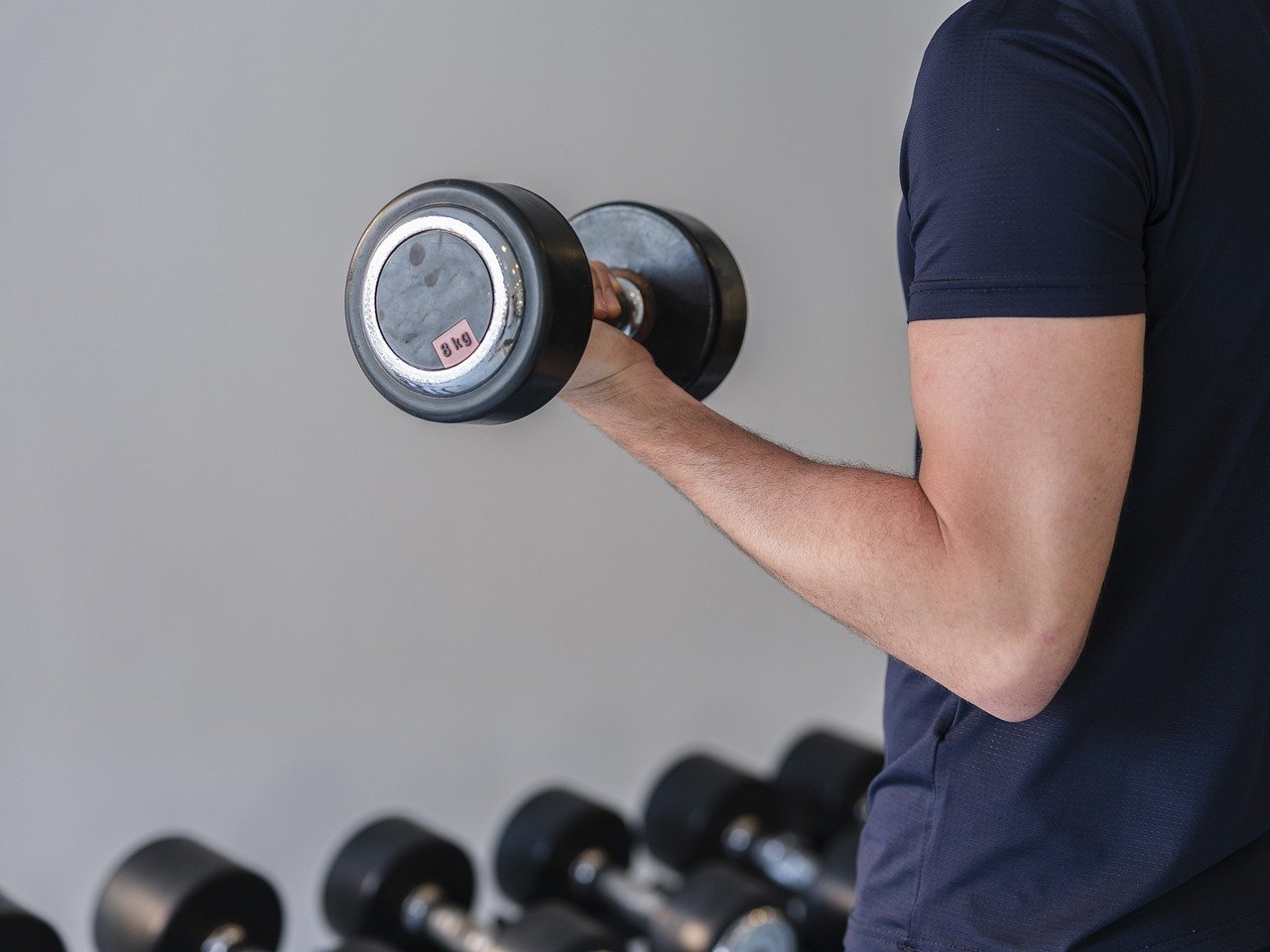
Importance of Physical Conditioning
When it comes to self-defense, physical conditioning is not just a bonus—it’s a necessity. Imagine being in a high-stress situation where every second counts. Your body needs to respond quickly and efficiently, and this is where endurance, strength, and agility come into play. Without proper conditioning, even the best self-defense techniques can fall flat. Think of it this way: if you're a car, your fitness level is the fuel. Without fuel, you’re not going anywhere, no matter how shiny or fast you might be!
Physical conditioning enhances your ability to perform under pressure. It builds resilience, allowing you to withstand the physical demands of a confrontation. When you’re fit, you’re not just stronger; you’re also quicker and more adaptable. This means you can dodge a punch, counter an attack, or escape a dangerous situation more effectively. In essence, being physically conditioned is like having a secret weapon; it gives you the upper hand when faced with potential threats.
Let’s break it down further. Here are some key aspects of why physical conditioning is crucial for self-defense:
- Endurance: The longer you can sustain physical activity, the better your chances of successfully defending yourself. High endurance means you can keep moving, even when your adrenaline is pumping.
- Strength: Stronger muscles translate to more powerful strikes and the ability to overpower an opponent. This is vital when you need to defend yourself against someone larger or stronger.
- Agility: Quick movements can make the difference between dodging an attack or getting hit. Agility training helps improve your reaction times and overall movement efficiency.
Moreover, physical conditioning isn’t just about lifting weights or running miles. It encompasses a holistic approach to fitness, integrating various training modalities. This means combining strength training, cardiovascular workouts, and flexibility exercises into your routine. Each component plays a critical role in enhancing your self-defense capabilities. For example, cardiovascular fitness ensures you have the stamina to outlast an opponent, while strength training builds the power needed to execute techniques effectively.
In conclusion, if you’re serious about self-defense, investing time in physical conditioning is non-negotiable. It’s the foundation upon which your self-defense skills will be built. By improving your fitness levels, you’re not just preparing your body; you’re also fortifying your mind, giving you the confidence to handle whatever life throws your way. So, lace up those sneakers, hit the gym, and start your journey towards becoming a fitter, more capable version of yourself!

Types of Fitness Training
When it comes to self-defense, one size definitely does not fit all. Different types of fitness training play unique roles in preparing individuals for the unpredictable nature of self-defense scenarios. It's not just about being strong or fast; it's about being well-rounded and adaptable. Think of your body as a finely tuned instrument; each type of training is like a different note that contributes to a beautiful symphony of self-defense capabilities. Let's dive into the various forms of fitness training that can elevate your self-defense game.
First off, we have strength training, which is the backbone of physical conditioning. This type of training focuses on building muscle power and endurance, both of which are essential for executing effective self-defense techniques. Imagine trying to defend yourself against an opponent who is physically stronger than you; it can be a daunting experience. But with a solid strength training regimen, you can level the playing field. Strength training can be broken down into two main categories:
- Bodyweight Exercises: These are fantastic for building strength without the need for fancy equipment. Exercises like push-ups, squats, and lunges can be done anywhere and are incredibly effective.
- Weightlifting: Incorporating weights into your routine can significantly boost your overall strength. Whether you're lifting dumbbells or using a barbell, weightlifting helps you build muscle mass and improve your power, which is crucial when you need to defend yourself.
Next up is cardiovascular fitness. Think of this as the fuel that keeps your engine running during a high-stakes situation. Cardiovascular training, such as running, cycling, or swimming, enhances your stamina, allowing you to maintain energy levels when facing a threat. In a self-defense scenario, fatigue can be your worst enemy. The last thing you want is to be out of breath when your safety is on the line. Regular cardio workouts can help ensure that you have the endurance to keep going when the going gets tough.
Another critical component of fitness training is flexibility and mobility. This aspect is often overlooked but is vital for executing self-defense moves effectively. Imagine trying to throw a high kick or evade an attack without proper flexibility; it’s not only challenging but can also lead to injuries. Regular stretching and mobility drills can improve your range of motion and help you move more fluidly. Here are a couple of ways to incorporate flexibility into your training:
- Stretching Techniques: Regular stretching can enhance your flexibility, which is essential for high kicks and evasive maneuvers in self-defense situations. Think of it as oiling the gears of your body; it helps everything move smoothly.
- Mobility Drills: These drills enhance joint function and movement patterns, allowing for quicker reactions and improved agility. The more mobile you are, the better you can respond to unexpected situations.
In summary, understanding the various types of fitness training is crucial for anyone serious about self-defense. Each training type contributes to a comprehensive skill set that can give you the upper hand in a dangerous situation. By combining strength, cardiovascular fitness, and flexibility, you can create a well-rounded fitness program that not only prepares you for self-defense but also enhances your overall physical health.
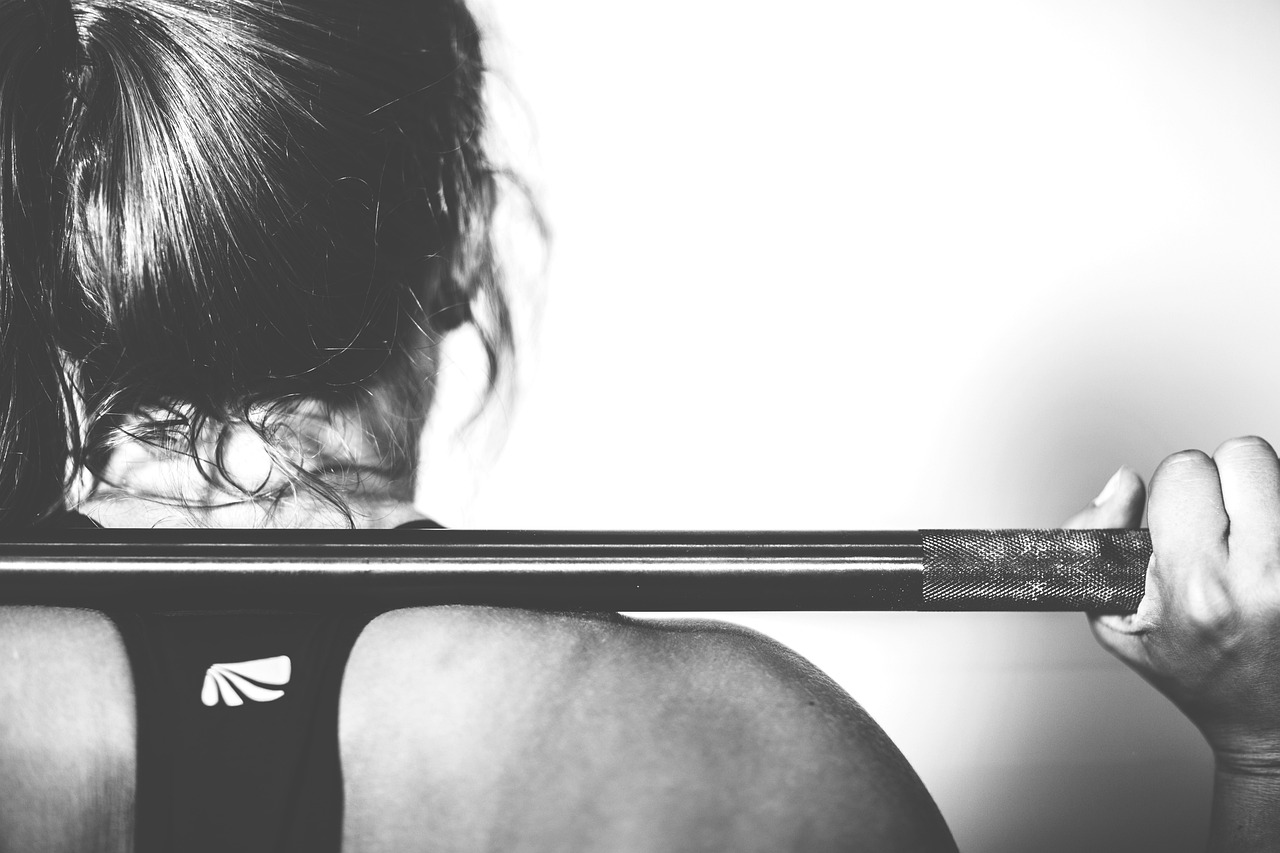
Strength Training
Strength training is a cornerstone of effective self-defense training, providing the foundation for muscle power and endurance that is crucial when faced with an opponent. Imagine being in a high-pressure situation where every second counts; having the strength to effectively execute self-defense techniques can make all the difference. It’s not just about brute force; it’s about the ability to leverage your body’s strength to overcome challenges. Whether you're grappling with an attacker or attempting to escape a hold, the benefits of strength training are undeniable.
When we talk about strength training, we’re referring to various methods that enhance muscle power, which is vital for executing effective techniques. The beauty of strength training is that it can be tailored to fit anyone's lifestyle and fitness level. You don’t need to be a gym rat to reap its benefits; even a few simple exercises can yield significant improvements in your self-defense capabilities.
Let’s break down the two primary types of strength training that can be particularly beneficial for self-defense:
- Bodyweight Exercises: These exercises, such as push-ups, squats, and lunges, utilize your own body weight as resistance. They are not only effective but also accessible, allowing anyone to perform them anywhere, anytime.
- Weightlifting: Incorporating weights into your routine can dramatically enhance your strength. Whether you’re lifting free weights or using machines, weightlifting builds muscle mass and strength, which directly translates to better performance in self-defense scenarios.
To illustrate the impact of strength training, consider the following table that compares the benefits of bodyweight exercises versus weightlifting:
| Type of Training | Benefits |
|---|---|
| Bodyweight Exercises |
|
| Weightlifting |
|
In conclusion, integrating strength training into your self-defense preparation is essential. It not only builds the physical capability to defend oneself but also boosts confidence. When you feel strong, you’re more likely to react decisively and effectively in a threatening situation. Remember, the goal of strength training isn't just to look good; it's about being prepared for whatever life throws your way. So, whether you prefer the simplicity of bodyweight exercises or the challenge of weightlifting, make strength training a priority in your self-defense training regimen.
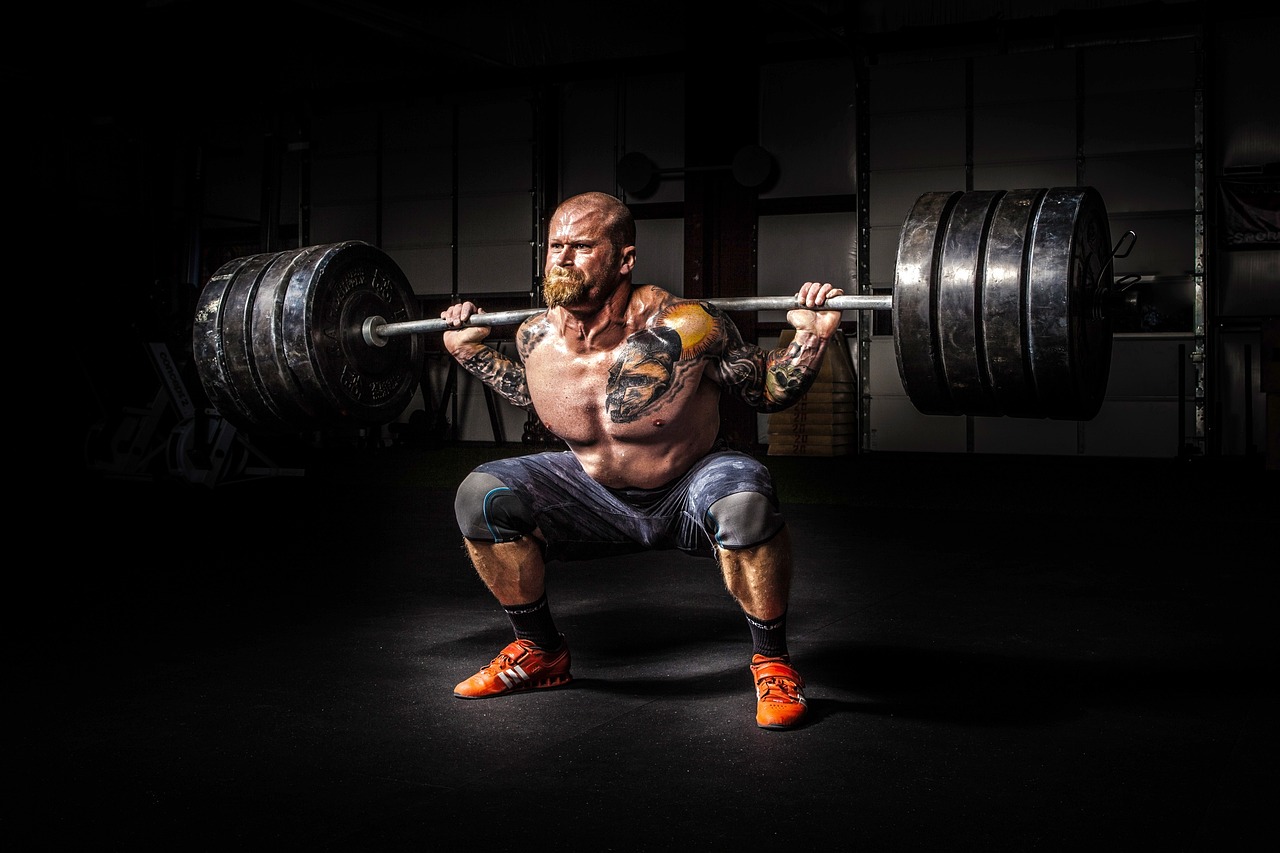
Bodyweight Exercises
are an incredible way to build strength and improve fitness without the need for any equipment. This makes them accessible to just about anyone, regardless of their fitness level or experience. Imagine being able to perform a workout anywhere—at home, in a park, or even in a hotel room while traveling! Bodyweight exercises leverage your own weight as resistance, allowing you to engage multiple muscle groups simultaneously. This not only enhances strength but also boosts endurance, which is essential for effective self-defense training.
One of the greatest benefits of bodyweight exercises is their versatility. You can easily modify them to suit your current fitness level. For instance, if you're just starting out, you can perform knee push-ups instead of standard push-ups. As you gain strength, you can progress to full push-ups and even advanced variations like clap push-ups. This adaptability ensures that you can continuously challenge yourself and avoid plateaus in your fitness journey.
Here are a few key bodyweight exercises that can significantly enhance your self-defense skills:
- Push-ups: Great for building upper body strength, particularly in the chest, shoulders, and triceps.
- Squats: Excellent for developing lower body strength, targeting the quadriceps, hamstrings, and glutes.
- Planks: Effective for core stability, which is crucial for maintaining balance during self-defense maneuvers.
- Burpees: A full-body workout that combines strength and cardiovascular fitness, perfect for simulating the demands of a self-defense situation.
Incorporating these exercises into your routine not only helps build the muscular strength needed for self-defense but also enhances your overall fitness level. Moreover, since bodyweight exercises often involve dynamic movements, they improve your agility and coordination—two key factors in effectively responding to threats. Imagine needing to evade an attack; having the agility to move quickly can make all the difference!
Additionally, bodyweight exercises can be performed in a circuit format, which keeps your heart rate up and simulates the intensity of real-life self-defense scenarios. For example, you could create a quick workout that includes a set of push-ups, followed by squats, planks, and burpees, repeating the circuit several times. This not only builds strength but also boosts cardiovascular endurance, preparing you for the physical demands of self-defense.
In conclusion, bodyweight exercises are a fundamental component of self-defense training. They help build the strength, endurance, and agility necessary to effectively respond to threats, all while being incredibly convenient and adaptable. So, why not incorporate them into your fitness routine today? You'll be surprised at how quickly you can improve your self-defense skills!
Q: How often should I perform bodyweight exercises for self-defense training?
A: Aim for at least 2-3 times a week, incorporating various exercises to target different muscle groups.
Q: Can beginners do bodyweight exercises?
A: Absolutely! Bodyweight exercises can be modified to suit any fitness level, making them perfect for beginners.
Q: Do I need to do cardio in addition to bodyweight exercises?
A: Yes, incorporating cardiovascular training can enhance your stamina and overall fitness, which is important for self-defense.
Q: How can I progress my bodyweight exercises?
A: You can progress by increasing the number of repetitions, adding variations, or reducing rest time between sets.

Weightlifting
When it comes to self-defense, strength can be a game-changer, and that's where enters the scene. It’s not just about building muscle for the sake of aesthetics; weightlifting is a powerful tool that enhances your overall physical capabilities, making you more formidable in a self-defense scenario. Imagine facing an aggressor—having the strength to fend them off can mean the difference between escaping safely or being overpowered. Weightlifting equips you with this vital strength.
Engaging in a weightlifting routine can significantly improve your overall strength, which directly translates into better performance during self-defense situations. The more you lift, the more you develop muscle fibers that are essential for executing techniques like throws, holds, and strikes. It’s like preparing for a marathon: the more you train, the better your endurance and performance become. In the same vein, the more you lift, the stronger you get, and the more confident you feel when faced with a potential threat.
Moreover, weightlifting is not just about brute strength; it also enhances your explosiveness and power. These attributes are crucial when you need to react quickly and effectively. For instance, a strong punch or a well-executed throw relies heavily on the explosive power generated through weight training. When you lift weights, you're not only building muscle; you're training your body to generate force quickly, which can be a decisive factor in a self-defense situation.
To make the most of your weightlifting routine, it’s essential to incorporate a variety of exercises that target different muscle groups. Here are some effective exercises you might consider:
- Squats: Great for building leg strength, which is crucial for mobility and stability.
- Deadlifts: Excellent for overall body strength, focusing on the back, legs, and core.
- Bench Press: Ideal for upper body strength, enhancing your ability to push away an aggressor.
- Overhead Press: Strengthens shoulders and arms, vital for defensive maneuvers.
Incorporating weightlifting into your fitness regimen doesn’t have to be daunting. Start with a manageable weight and gradually increase it as you build strength and confidence. Remember, the goal is to enhance your self-defense capabilities, so focus on form and technique to prevent injuries. As you progress, you’ll not only see physical changes but also experience a boost in your mental resilience and self-assurance.
In conclusion, weightlifting is an indispensable aspect of self-defense training. It builds strength, enhances power, and contributes to your overall fitness, enabling you to respond effectively in high-pressure situations. So, whether you’re a seasoned lifter or just starting out, remember that every rep brings you one step closer to being the best version of yourself—physically and mentally prepared for whatever life throws your way.
Q: How often should I incorporate weightlifting into my self-defense training?
A: Ideally, aim for 2-3 times a week, allowing for rest days to recover and prevent injury. Balance it with other forms of training, such as cardio and flexibility exercises.
Q: Do I need a gym membership to start weightlifting?
A: Not necessarily! Many effective bodyweight exercises can be done at home, or you can invest in some basic equipment like dumbbells or resistance bands.
Q: Can weightlifting help me lose weight?
A: Absolutely! Weightlifting can boost your metabolism, helping you burn more calories even when at rest. Combined with a balanced diet, it can be a powerful tool for weight loss.
Q: Is it safe for beginners to start weightlifting?
A: Yes, as long as you start with lighter weights and focus on proper form. Consider working with a trainer to ensure you’re using the correct techniques.
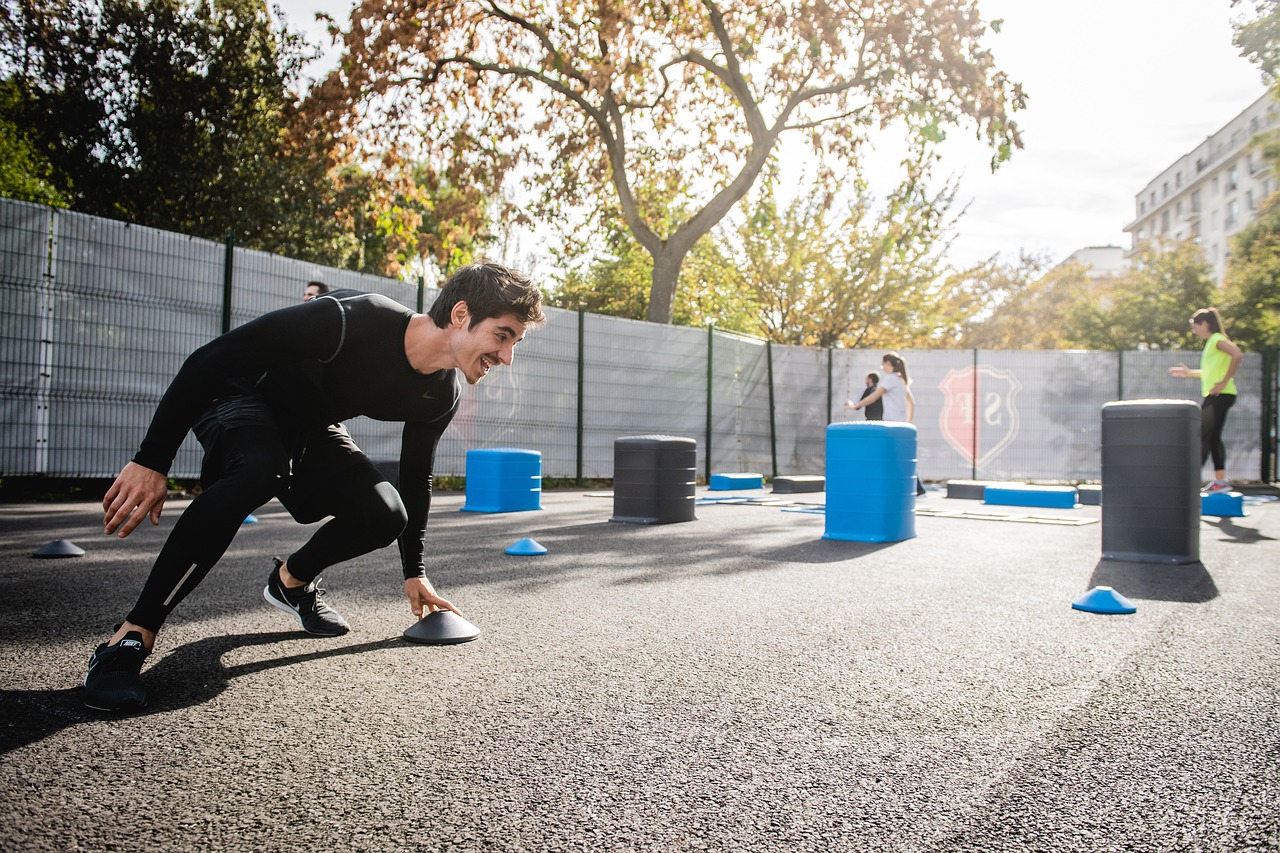
Cardiovascular Fitness
When it comes to self-defense, is not just a bonus; it’s a necessity. Imagine being in a high-pressure situation, facing an imminent threat. Your heart is racing, your adrenaline is pumping, and the last thing you want is to feel winded or out of breath. This is where cardiovascular fitness comes into play. It’s all about building that endurance to keep you going when it matters most. Not only does it enhance your ability to sustain energy levels, but it also allows you to react quickly and effectively to any potential danger.
Cardiovascular training involves activities that increase your heart rate and improve the efficiency of your cardiovascular system. This includes exercises like running, cycling, swimming, or even brisk walking. These activities help to strengthen your heart and lungs, enabling your body to deliver oxygen more efficiently to your muscles during those crucial moments in a self-defense scenario. Think of your cardiovascular system as the engine of a car; the more powerful and efficient it is, the better performance you can expect when you hit the accelerator.
To give you a clearer idea of how cardiovascular fitness impacts your self-defense training, consider the following benefits:
- Increased Stamina: A well-conditioned cardiovascular system allows you to maintain your energy levels longer, which is vital during prolonged confrontations.
- Improved Recovery: With better cardiovascular fitness, your body can recover more quickly between bouts of exertion, enabling you to stay alert and responsive.
- Enhanced Reaction Time: Regular cardiovascular training can improve your overall speed and agility, allowing you to react faster to threats.
Incorporating cardiovascular exercises into your routine doesn't have to be daunting. You can start small and gradually increase the intensity. For instance, consider mixing in some interval training—short bursts of high-intensity exercise followed by rest periods. This method not only boosts your heart rate but also mimics the unpredictable nature of real-life self-defense situations.
Moreover, participating in group classes or team sports can add an element of fun and camaraderie to your cardiovascular training. Whether it’s a kickboxing class or a spirited game of soccer, engaging in these activities can keep you motivated and consistent. Remember, the more enjoyable your workouts, the more likely you are to stick with them, and that consistency is key in building your cardiovascular endurance.
In conclusion, cardiovascular fitness is a fundamental component of effective self-defense training. By prioritizing your heart health and stamina, you not only prepare yourself physically but also mentally for the challenges that may arise. So, lace up those sneakers, find an activity you love, and start building that endurance—your future self will thank you when it counts!
- How often should I do cardiovascular training for self-defense?
Aim for at least 150 minutes of moderate-intensity aerobic exercise each week, or 75 minutes of high-intensity training. - Can I improve my cardiovascular fitness without running?
Absolutely! Activities like cycling, swimming, or even dancing can significantly boost your cardiovascular health. - What are some quick cardiovascular workouts I can do at home?
Consider jumping jacks, burpees, or high knees. These exercises can elevate your heart rate quickly and effectively.
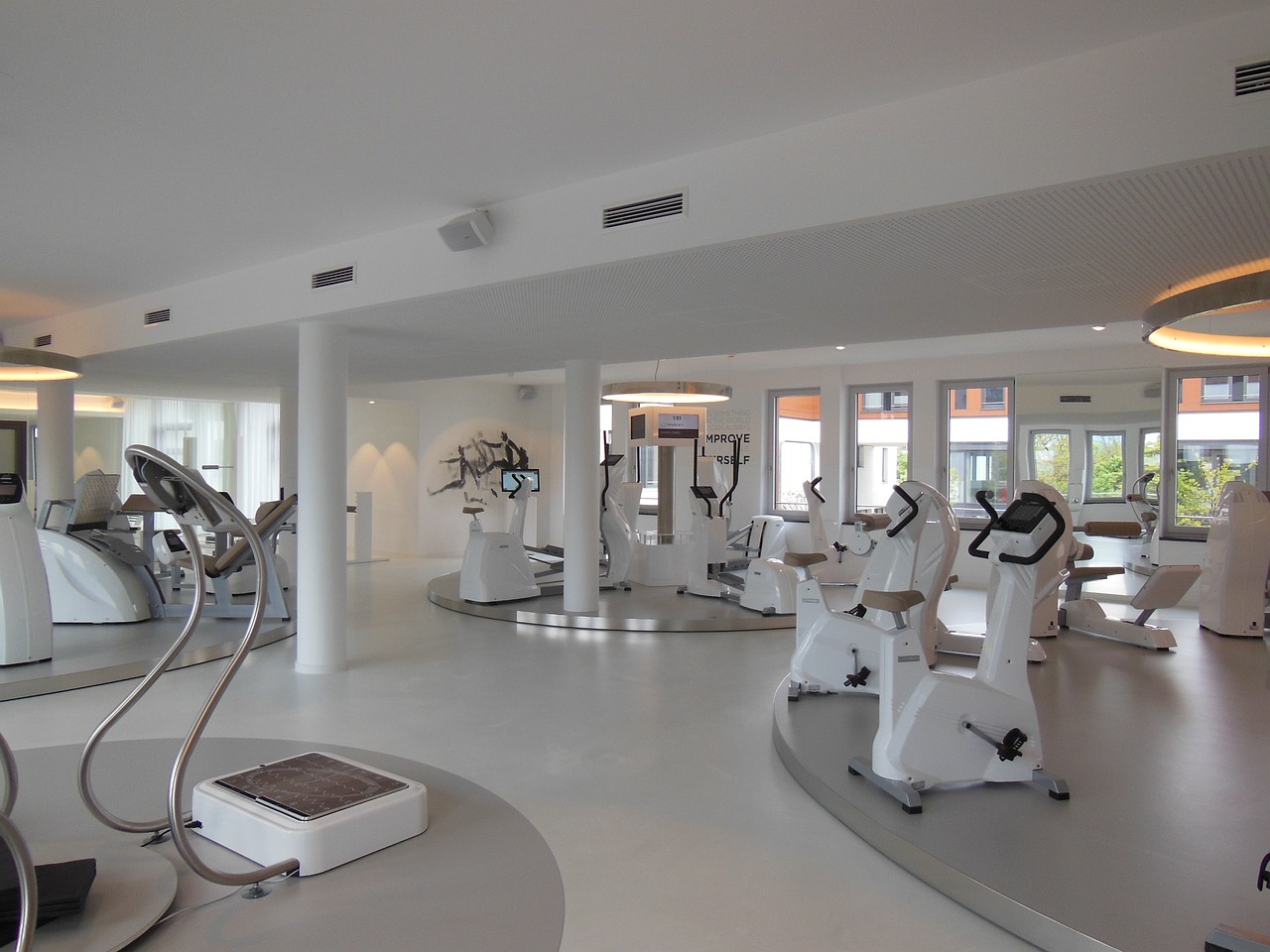
Flexibility and Mobility
When it comes to self-defense, flexibility and mobility are not just about being able to touch your toes or do the splits; they are crucial components that can make or break your ability to defend yourself effectively. Imagine trying to dodge an attacker while your body feels stiff and restricted. Not a pretty picture, right? This is where flexibility and mobility training come into play, allowing you to move freely and react swiftly in high-pressure situations.
Flexibility training involves a series of stretching exercises that enhance your range of motion and overall agility. Regular stretching not only helps to prevent injuries but also improves your ability to execute high kicks and evasive maneuvers. Think of it like oiling the hinges on a door; the more you maintain it, the smoother it operates. Similarly, your body performs better when it’s limber and ready to move at a moment's notice.
Mobility, on the other hand, focuses on the ability of your joints to move freely through their full range of motion. This is essential for executing complex self-defense techniques that require quick, agile movements. Mobility drills can include exercises that mimic the actions you'll need to perform during a self-defense scenario, such as lunges, hip openers, and dynamic stretches. By incorporating these drills into your routine, you not only enhance your physical capabilities but also prepare your body to respond instinctively when the need arises.
To illustrate the importance of flexibility and mobility in self-defense, consider the following table that outlines the benefits of each:
| Aspect | Benefits |
|---|---|
| Flexibility |
|
| Mobility |
|
Incorporating flexibility and mobility training into your self-defense regimen can be as simple as dedicating a few minutes at the beginning or end of your workouts. Stretching after your training sessions can help your muscles recover and maintain their elasticity, while mobility drills can be integrated into your warm-ups. Remember, the goal is to create a body that is not only strong but also flexible and agile enough to handle any situation that may arise.
Ultimately, the synergy between flexibility, mobility, and self-defense cannot be underestimated. They work hand-in-hand to create a well-rounded individual who is not just prepared physically but also mentally ready to face challenges. So, the next time you think about your self-defense training, don’t overlook the importance of being flexible and mobile. It might just be the difference between escaping a dangerous situation and finding yourself in a tough spot.
Q1: How often should I train for flexibility and mobility?
A1: It's recommended to incorporate flexibility and mobility exercises into your routine at least 3-4 times a week for optimal results.
Q2: Can I improve flexibility and mobility at home?
A2: Absolutely! Many effective stretching and mobility exercises can be done at home without any special equipment.
Q3: How long should I hold stretches for flexibility?
A3: Aim to hold each stretch for 15-30 seconds, repeating it 2-3 times for maximum benefit.
Q4: Are there any specific exercises for mobility?
A4: Yes, exercises like hip circles, shoulder dislocates, and dynamic lunges are great for improving mobility.
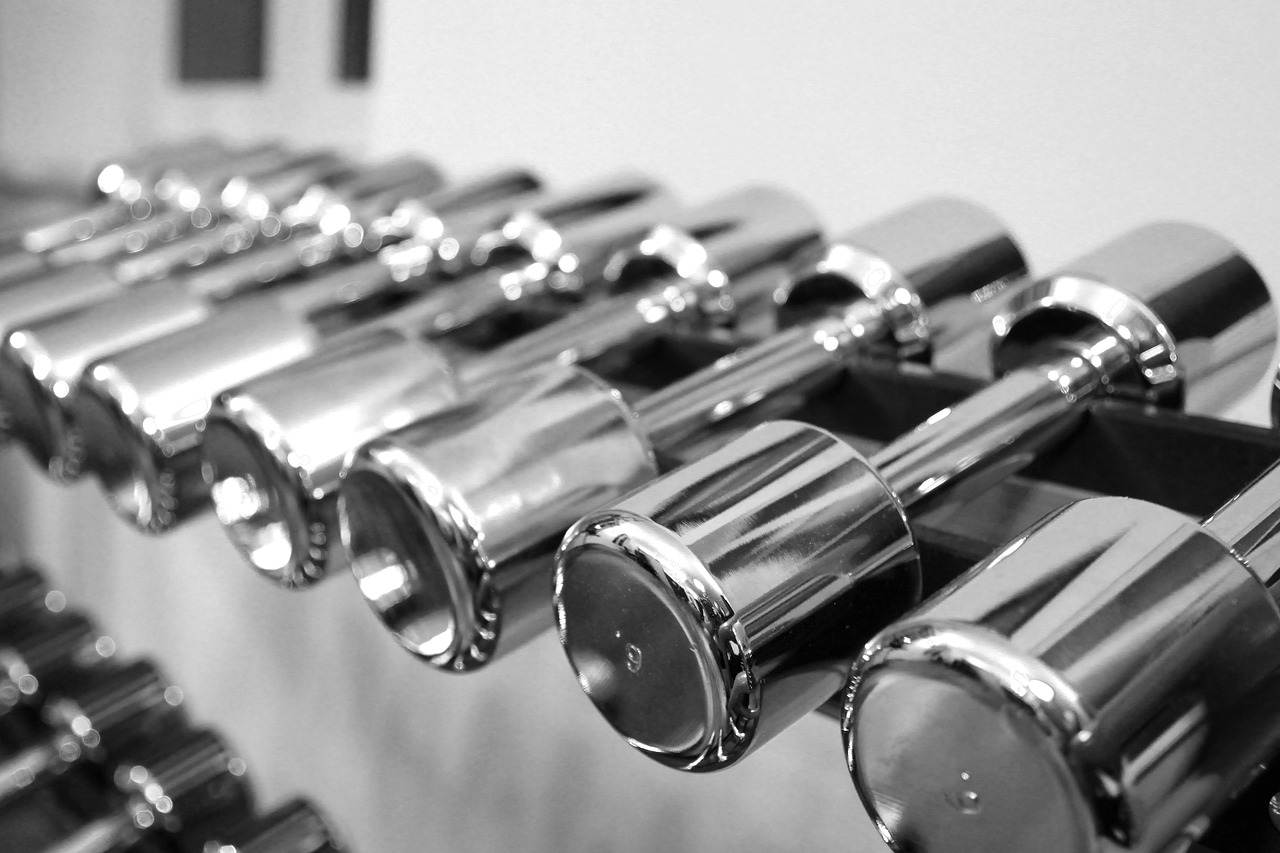
Stretching Techniques
When it comes to self-defense training, play a fundamental role in enhancing your overall performance. Imagine trying to execute a high kick or a swift dodge without the necessary flexibility; it’s like trying to drive a car with the handbrake on. Stretching not only improves flexibility but also prepares your muscles and joints for the dynamic movements that self-defense requires. Regular stretching can lead to a noticeable increase in your range of motion, which is crucial for executing various self-defense maneuvers effectively.
There are several types of stretching techniques that you can incorporate into your routine. One of the most popular methods is dynamic stretching, which involves moving parts of your body through a full range of motion. This type of stretching is particularly beneficial before a workout as it warms up the muscles and increases blood flow. For example, leg swings, arm circles, and torso twists are all excellent dynamic stretches that can prepare you for the physical demands of self-defense training.
On the other hand, static stretching is often performed after workouts to help cool down the body and improve flexibility. This involves holding a stretch for a certain period, typically 15 to 30 seconds. For instance, consider the classic hamstring stretch: while seated, extend one leg and reach towards your toes. This not only stretches your hamstrings but also helps in reducing muscle soreness after an intense training session.
Another effective method is PNF stretching (Proprioceptive Neuromuscular Facilitation), which combines stretching and contracting of the muscle group being targeted. This technique is often done with a partner and can lead to greater improvements in flexibility compared to static stretching alone. For example, one partner might hold your leg while you push against their resistance, allowing for deeper stretching.
To maximize the benefits of these stretching techniques, consider incorporating them into your fitness routine with a structured approach. Here’s a simple table to illustrate a basic stretching routine that can be integrated into your self-defense training:
| Stretch Type | Duration | Frequency |
|---|---|---|
| Dynamic Stretching | 5-10 minutes | Before workouts |
| Static Stretching | 15-30 seconds per stretch | After workouts |
| PNF Stretching | 15-30 seconds per stretch | 2-3 times a week |
Incorporating these stretching techniques into your self-defense training can significantly enhance your flexibility, reduce the risk of injury, and improve your overall performance. Remember, flexibility is not just about being able to touch your toes; it’s about preparing your body to react swiftly and efficiently in real-life situations. So, the next time you step onto the mat or into the dojo, don’t skip your stretching routine—it’s an essential part of your self-defense arsenal.
- How often should I stretch for self-defense training? Aim to stretch at least 3-4 times a week, incorporating both dynamic and static stretches.
- Can stretching prevent injuries? Yes, regular stretching improves flexibility and can help reduce the risk of injuries during physical activities.
- What is the best time to stretch? Dynamic stretching is best done before workouts, while static stretching is ideal after your training sessions.
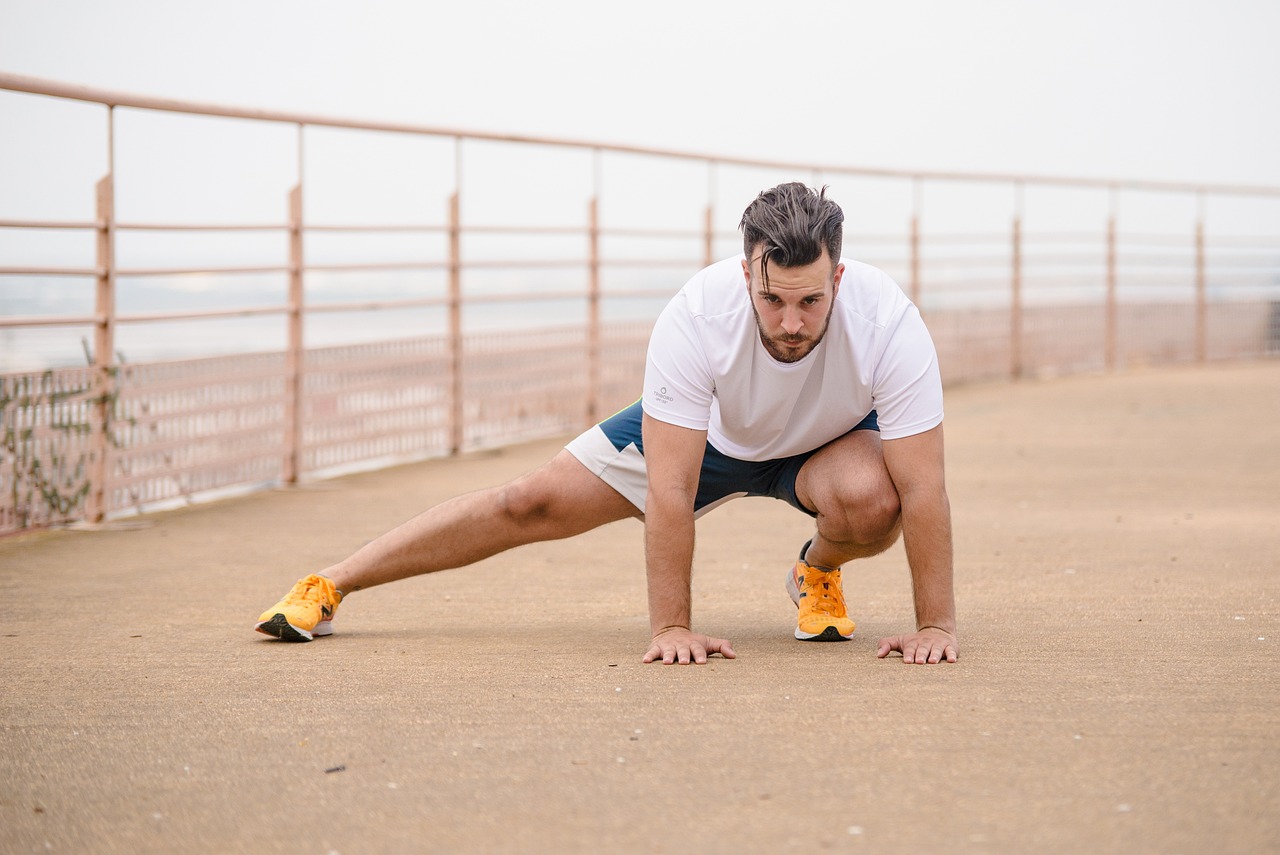
Mobility Drills
When it comes to self-defense, having the right moves can be the difference between safety and danger. This is where come into play. They are not just exercises; they are your ticket to improved agility and quicker reactions. Imagine trying to dodge an incoming attack without the flexibility to move swiftly—it's like trying to dance in a straight jacket! Mobility drills enhance your body's ability to move freely, which is crucial in self-defense scenarios.
These drills focus on improving your joint function and movement patterns, allowing you to execute self-defense techniques with precision and speed. Think of mobility as the oil that keeps your body’s engine running smoothly. Without it, you might find yourself stiff and slow, unable to react when it matters most. By incorporating mobility drills into your training routine, you can significantly enhance your ability to evade attacks and counter effectively.
So, what exactly do mobility drills entail? They can include a variety of movements that promote flexibility and range of motion. Here are some effective mobility exercises you might consider:
- Hip Circles: Stand on one leg and make circles with the other leg. This helps to loosen up the hip joint.
- Arm Swings: Swing your arms forward and backward to improve shoulder mobility.
- Dynamic Lunges: Step forward into a lunge while twisting your torso towards the leading leg, enhancing both flexibility and balance.
- Torso Twists: Stand with your feet shoulder-width apart and twist your upper body from side to side, which helps in improving spinal mobility.
Incorporating these drills into your warm-up routine can make a world of difference. Not only do they prepare your body for more intense training, but they also help you develop the fluidity needed to respond to threats effectively. Just like a well-oiled machine, your body will be ready to spring into action when you need it most.
Moreover, mobility drills can reduce the risk of injury, as they prepare your muscles and joints for the dynamic movements involved in self-defense. When your body is flexible and agile, you are less likely to strain or injure yourself while executing techniques. It’s like having a safety net that allows you to perform at your best without the fear of getting hurt.
In conclusion, mobility drills are an essential component of self-defense training. They not only enhance your performance but also ensure that you can react quickly and effectively in high-pressure situations. By dedicating time to improve your mobility, you’re investing in your ability to protect yourself and navigate the unpredictable nature of real-world encounters.
Q1: How often should I practice mobility drills?
A1: Ideally, you should incorporate mobility drills into your warm-up routine at least 3-4 times a week to see significant improvements.
Q2: Can mobility drills help with other types of physical activities?
A2: Absolutely! Mobility drills benefit various activities, from sports to everyday movements, enhancing overall performance and reducing injury risk.
Q3: Do I need any equipment to perform mobility drills?
A3: Most mobility drills can be done without any equipment, making them accessible for anyone, anywhere.
Q4: How long should I spend on mobility drills?
A4: Spending 10-15 minutes on mobility drills during your warm-up should be sufficient to improve flexibility and range of motion.

Mental Fitness and Self-Defense
Mental fitness is often overlooked in the realm of self-defense training, yet it plays a crucial role in how effectively one can respond to threats. Just as a well-conditioned body can enhance physical performance, a sharp and focused mind can significantly improve decision-making and reaction times in high-stress situations. Imagine being in a tense encounter where every second counts; your mental clarity can be the difference between a successful escape and a regrettable outcome. This is why developing mental fitness is just as important as honing physical skills.
One of the key components of mental fitness is situational awareness. This involves being acutely aware of your surroundings and the potential threats within them. Think of it like being a hawk; you need to have a broad view of your environment while also being able to zoom in on specific details that may indicate danger. By practicing situational awareness, you can better identify potential threats before they escalate, allowing you to react swiftly and effectively. This heightened awareness can be cultivated through various exercises, including mindfulness meditation and scenario-based training, where individuals simulate potential self-defense situations.
Another critical aspect of mental fitness is stress management. In a self-defense scenario, stress can cloud judgment and impair physical performance. Learning how to manage stress can help you maintain composure and think clearly when faced with a threat. Techniques such as deep breathing, visualization, and even physical exercises like yoga can be beneficial. For instance, imagine you are in a stressful situation and your heart is racing. By employing deep breathing techniques, you can lower your heart rate and regain control over your emotions, which in turn enhances your decision-making abilities.
To further illustrate the importance of mental fitness in self-defense, consider the following table that outlines the mental skills and their corresponding benefits:
| Mental Skill | Benefit |
|---|---|
| Situational Awareness | Improved threat detection and response time |
| Focus | Enhanced concentration on the task at hand |
| Stress Management | Greater emotional control and decision-making |
| Visualization | Better preparation for real-life scenarios |
In conclusion, mental fitness is an integral part of effective self-defense training. By developing skills such as situational awareness and stress management, individuals can significantly enhance their ability to respond to threats. Just as you wouldn’t rely solely on physical strength to defend yourself, you shouldn’t underestimate the power of a well-trained mind. After all, in the world of self-defense, a sharp mind can be just as powerful as a strong body.
- What is mental fitness in self-defense? Mental fitness refers to the mental skills and resilience required to effectively respond to threats, including awareness, focus, and stress management.
- How can I improve my situational awareness? You can improve situational awareness through mindfulness practices, scenario training, and by regularly assessing your environment.
- Why is stress management important in self-defense? Stress management helps maintain composure and clear thinking during high-pressure situations, which is crucial for effective decision-making.
- Can mental fitness be trained like physical fitness? Yes, mental fitness can be developed through various exercises, including meditation, visualization, and situational drills.
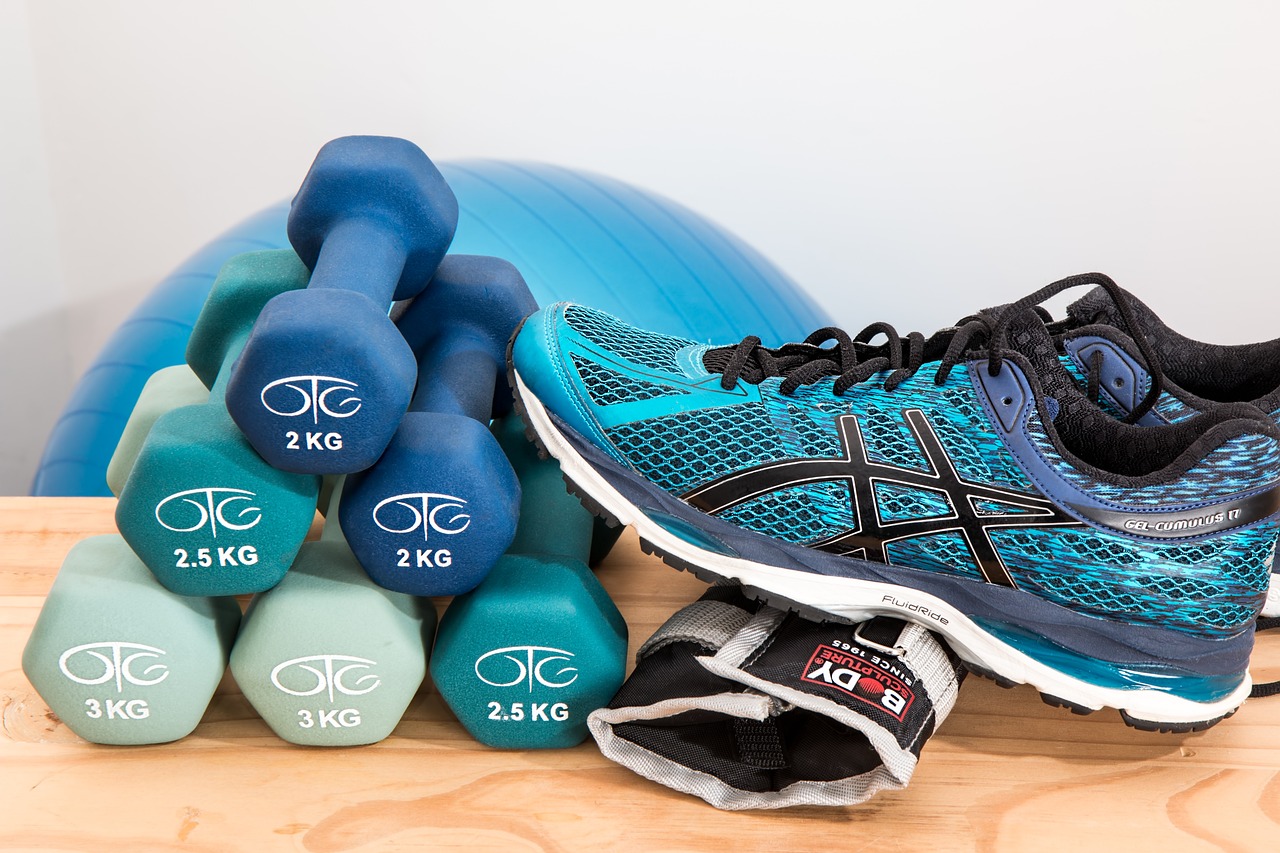
Situational Awareness
Have you ever walked into a crowded place and felt a twinge of unease? That instinctive feeling is a glimpse into the world of , a crucial skill in self-defense training. Situational awareness is about being tuned into your surroundings, understanding the dynamics of a space, and recognizing potential threats before they escalate. Imagine yourself as a hawk, soaring high above the ground, scanning for movement below. This is the mindset you want to cultivate—alert, observant, and ready to react.
To enhance your situational awareness, consider these key aspects:
- Observation: Train yourself to notice details. What are the people around you doing? Are there any unusual behaviors or situations that stand out?
- Environment: Familiarize yourself with your surroundings. Whether it's a park, a shopping mall, or your neighborhood, knowing the layout can help you identify exits and safe zones.
- Trust Your Gut: Often, our instincts can signal danger before our rational mind catches up. If something feels off, it probably is.
Incorporating situational awareness into your daily life can be incredibly beneficial. Start by practicing mindfulness—take a moment each day to observe your environment without distractions. This could be during a walk, while waiting in line, or even during your commute. The more you practice, the sharper your awareness will become.
Additionally, consider engaging in activities that challenge your awareness, such as martial arts or self-defense classes. These not only teach you how to react physically but also emphasize the importance of being aware of your surroundings. You’ll learn to anticipate movements, recognize patterns, and make quick decisions based on your observations.
Remember, situational awareness is not about living in fear; it’s about empowering yourself to navigate the world confidently. By honing this skill, you’ll not only enhance your self-defense capabilities but also improve your overall safety and well-being. So, next time you step out, channel your inner hawk—stay alert, stay aware, and stay safe!
- What is situational awareness? Situational awareness is the ability to perceive and understand your environment and the potential threats within it.
- How can I improve my situational awareness? You can improve it through mindfulness practices, observation exercises, and engaging in self-defense training that emphasizes awareness.
- Is situational awareness only important for self-defense? No, it is valuable in everyday life, helping you avoid accidents and stay safe in various situations.
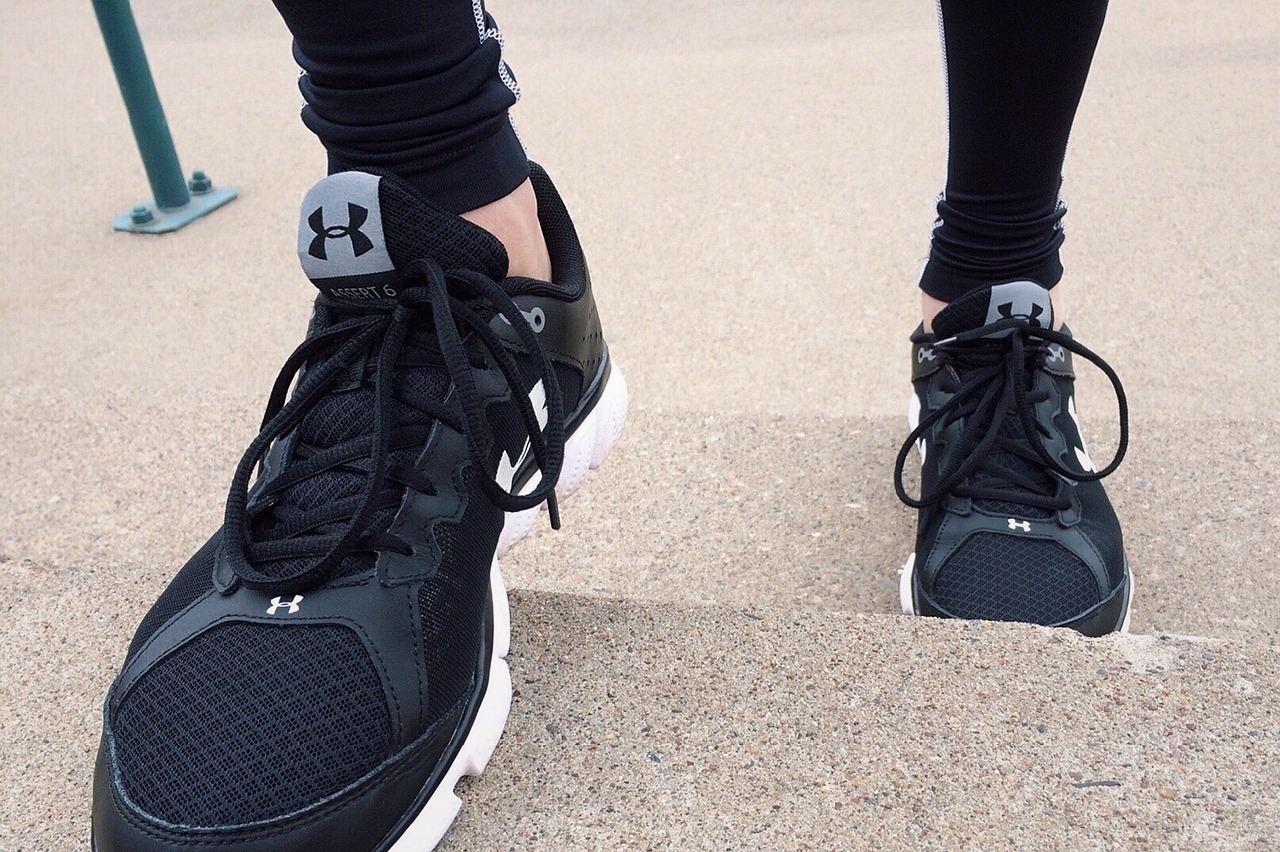
Stress Management Techniques
When it comes to self-defense training, are just as crucial as physical conditioning. Imagine you're in a high-pressure situation, and your heart is racing, palms are sweaty, and thoughts are swirling in your mind. In such moments, how you manage your stress can make all the difference between a successful response and a panicked reaction. This is where effective stress management techniques come into play, helping you maintain composure and clarity.
One of the most effective techniques is deep breathing exercises. By focusing on your breath, you can calm your nervous system, allowing you to think clearly and act decisively. Practicing this technique regularly can create a muscle memory of calmness, so when the time comes, you can tap into that tranquility. Try inhaling deeply through your nose for a count of four, holding for four, and exhaling through your mouth for another count of four. Repeat this several times to help ground yourself.
Another important aspect is visualization. Picture yourself in a self-defense scenario, calmly assessing the situation, and executing your moves with precision. This mental rehearsal not only builds confidence but also trains your brain to respond effectively under pressure. Visualization can be a powerful tool, as it prepares both your mind and body for the unexpected.
Additionally, incorporating mindfulness techniques into your routine can significantly enhance your ability to manage stress. Mindfulness encourages you to stay present and engaged, reducing anxiety about potential threats. Simple practices such as meditation or yoga can help you develop a greater awareness of your surroundings, making you more attuned to potential dangers while also keeping your stress levels in check.
Lastly, consider the role of physical activity in stress management. Regular exercise not only improves your physical fitness but also releases endorphins—natural mood lifters that can help combat stress. Whether it’s a brisk walk, a kickboxing class, or a quiet yoga session, moving your body can be a great way to blow off steam and clear your mind.
In summary, mastering stress management techniques is essential for anyone serious about self-defense training. By practicing deep breathing, visualization, mindfulness, and regular physical activity, you can equip yourself with the tools needed to stay calm and focused in high-pressure situations. This mental fortitude, combined with physical readiness, creates a formidable foundation for effective self-defense.
- What are some quick stress relief techniques I can use before a self-defense class?
Deep breathing and quick visualization exercises can help calm your nerves before training. Taking a moment to center yourself can enhance your focus.
- How often should I practice stress management techniques?
Incorporate these techniques into your daily routine. Regular practice can help create a habit, making it easier to manage stress when it counts.
- Can mindfulness really improve my self-defense skills?
Yes! Mindfulness enhances situational awareness and helps you stay present, which is crucial for making quick decisions during self-defense scenarios.
Frequently Asked Questions
-
Why is physical fitness important for self-defense?
Physical fitness is crucial for self-defense because it enhances your endurance, strength, and agility. When faced with a threatening situation, being physically fit allows you to react quickly and effectively, giving you a better chance to protect yourself.
-
What types of fitness training should I focus on for self-defense?
To optimize your self-defense skills, focus on a mix of strength training, cardiovascular fitness, and flexibility exercises. Strength training helps build muscle power, cardiovascular fitness boosts your stamina, and flexibility training improves your range of motion, all of which are essential in a self-defense scenario.
-
How can bodyweight exercises benefit my self-defense training?
Bodyweight exercises, like push-ups and squats, are fantastic for building strength without needing any equipment. They can be done anywhere, making them super accessible. Plus, they help enhance your overall body control, which is vital when executing self-defense techniques.
-
What role does cardiovascular fitness play in self-defense?
Cardiovascular fitness is key for maintaining energy levels during a self-defense encounter. It allows you to stay active and responsive, preventing fatigue from hindering your ability to defend yourself effectively. Think of it as your body's fuel tank; the fuller it is, the longer you can keep going!
-
How does flexibility contribute to self-defense?
Flexibility is essential for executing high kicks and evasive maneuvers. Regular stretching can improve your range of motion, making it easier to dodge attacks or counter with your own techniques. It also helps reduce the risk of injury, so you can train harder and smarter.
-
What is situational awareness, and why is it important?
Situational awareness is the ability to perceive your surroundings and identify potential threats. It's like having a sixth sense! Developing this skill can significantly enhance your self-defense capabilities, as it allows you to react promptly and appropriately to any dangers that may arise.
-
Can mental fitness impact my self-defense abilities?
Absolutely! Mental fitness, including focus and stress management, plays a vital role in self-defense. Staying calm under pressure helps you make better decisions and react more effectively. Techniques like deep breathing or visualization can help you maintain composure in high-stress situations.



















